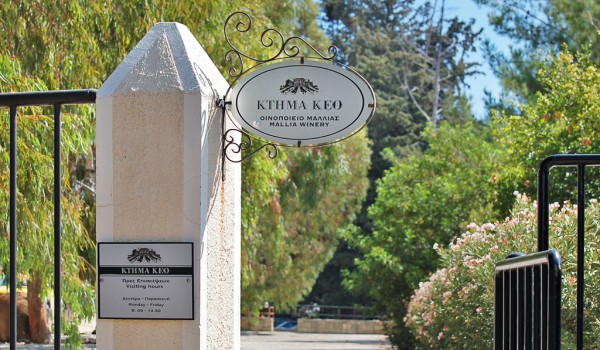
Today our path finds its way to the village of Mallia, hidden high up in the Troodos Mountains. There is a winery of one of the Big Four Cyprus winemakers – Ktima KEO – in the village.
KEO is the leader in the Cyprus beverage market. Along with the wine cellars in Limassol, KEO has wineries in Mallia, Pera Pedi, Laona and in Arsos village.
So, we arrived. This isn’t just a winery, it is a huge enterprise – from the stainless steel tanks of maturing wines of which the wine is sent to the main Limassol bottling plant. Our walk conducted by Yannis Fatseas, KEO Brand Manager, who kindly invited us to take part in an exciting event – a wine tasting of the first fermentation samples.

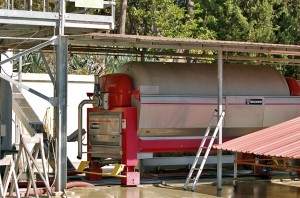
First we take a tour of the winery. It was founded in 1927 and since then all KEO wines have been produced here. We start in the laboratory, which employs professional enologists, trained at the leading universities in Cyprus, Greece and other European countries. Also, if necessary, the local wine makers bring their own wines for testing.
KEO is surrounded by endless vineyards with differing varieties of grape – Xynisteri, Lefkada, Mavro and the latest grape – Yianoudi, which is considered to be really promising. Not only their own grapes are used at the winery, but thanks to large purchases, local vineyard owners profitably can sell their own homemade grapes and coordinate their cultivation for many years.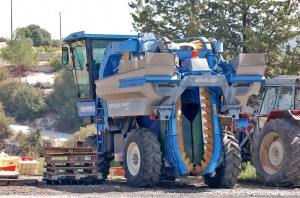
Interestingly, the winery has the only machine for grape collection in Cyprus. However, the problem lies in the fact that in this way the grape scan be harvested only when it is planted in neat rows that is actually quite difficult due to the nature of vineyards on the island.
Despite mechanization, KEO does not ignore its heritage. The old stone tanks in Mallia, which relate back to the time the company was founded, were not thrown out during the restoration in 1996. They were cleaned, stainless steel was placed inside and the tanks were equipped with cooling devices. Today they still work.
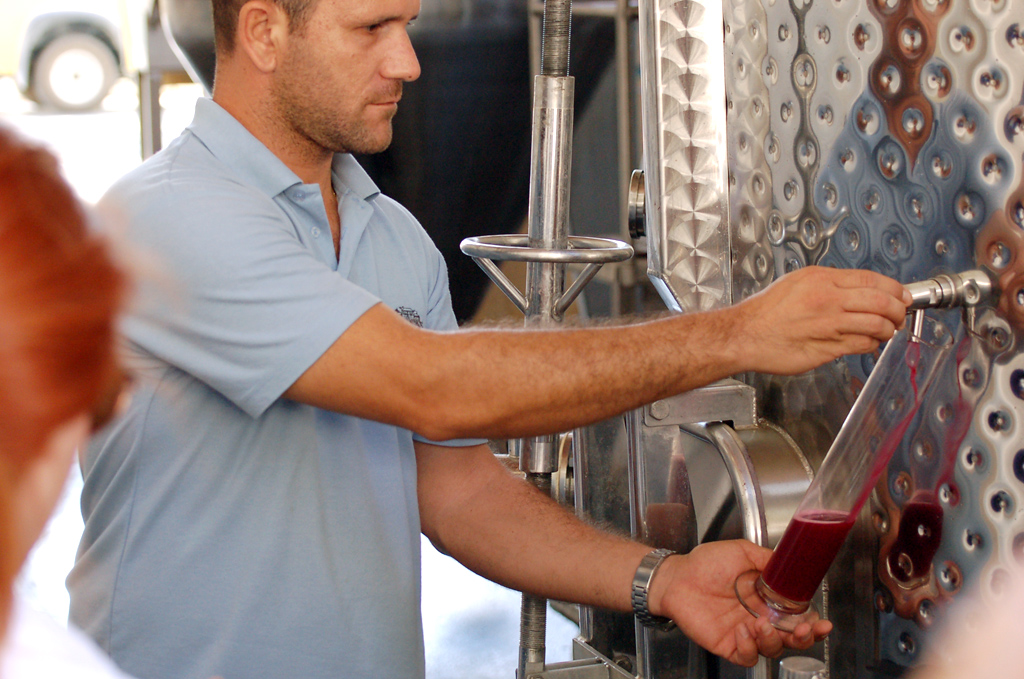
We come now to the core of the winery – the huge tanks in which the wine is stored. The process of wine making starts right here and now. The men transfer the arriving fresh grapes from the trucks straight into the press. Then the juice of the white grapes is sent to a special tank for cooling, and the juice of red grapes is sent directly to the steel tanks for fermentation.
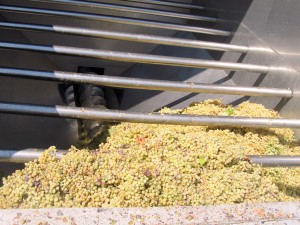
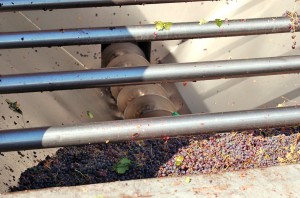
There are dozens of tanks installed in the winery amounting to some 3 million liters. Some wines – for example, Heritage Maratheftiko, after its ageing process, is sent for storage in oak barrels at the other KEO wineries.
The wineis stored instainless steel tanks, whichare protected by cement walls. Becausethe temperatureof the wineis monitored carefully during fermentation, outside they have a full control system. In modern sensors the temperature inside each of thetanks is shown, which can be adjusted according to the desired level.
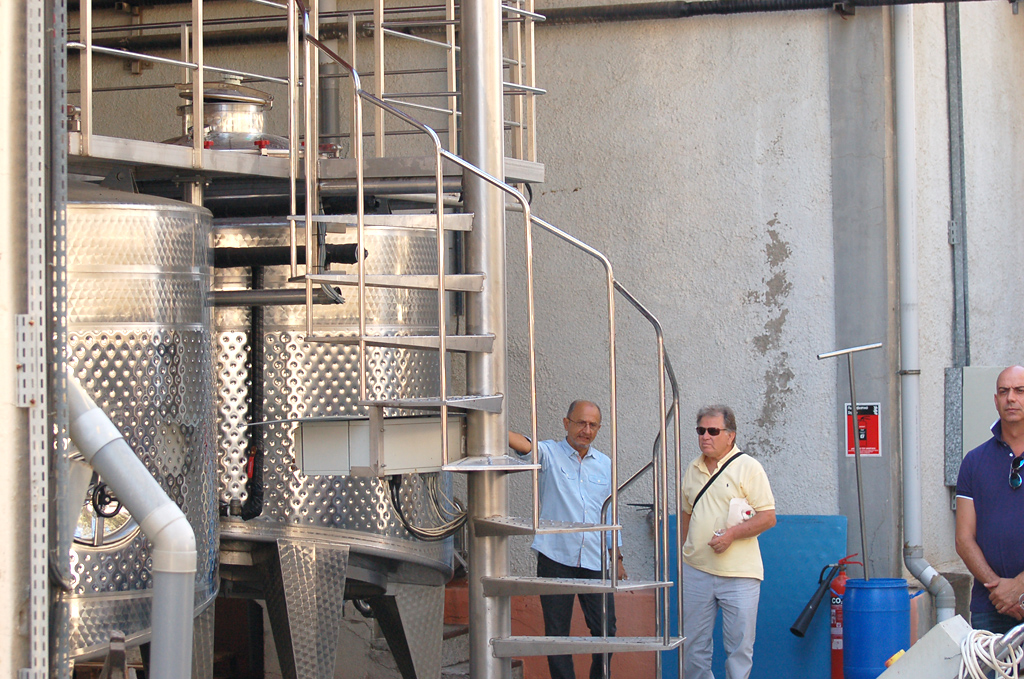
The most experienced opinion leaders of Cyprus have been invited for the first testing session of the new wine. Now they have to make a decision – Is the new wine a good one?
Slowly and surely we pass along all the rows, stopping for tasting: white Xinisteri, Samillon Blanc, Muscat, Thisbe and St.Panthellemon, red blended wine Lefkada, Grenache. The experts decide that the wine this year will be excellent. Believe them at their word, because, there is not a long time for waiting.
The white wine will be on sale in January 2015.
Thisbe (dry white) and St.Panthellemon (semi-sweet white) are extremely popular. Last year, the company sold more than 200 thousand bottles of Thisbe and the same quantity of St.Panthellemon. St. Panthellemon is very popular among Russian buyers – so says KEO.
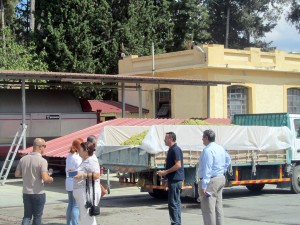
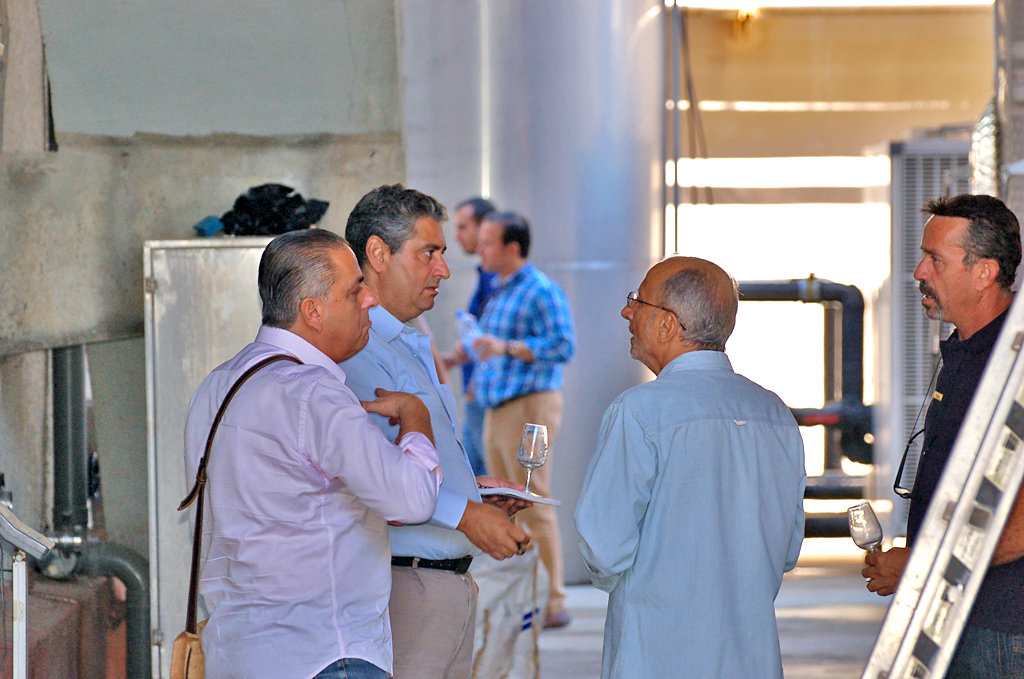
Finally, we go to the tasting room to try a new and special KEO wine, which incidentally is not yet on the market and also those, which has won already International awards. KEO Xinistery 2013 won the gold medal at the competition in Cyprus. Traditionally the award is given by an international jury made up of 7 experts, only 2 of which may be local residents. We try the wine, note that it gives off a generous hint, pale straw in colour, lifted lemon and a melon scent on the nose, a faint hint of nutmeg; young, fresh and bright with a charming, juicy lemon and grapefruit flavor and a surprisingly sustained but soft, gentle, clean finish for its lightness of texture.
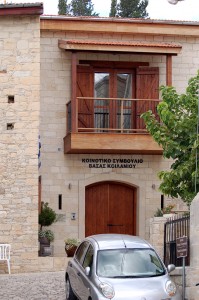
Meanwhile, we try yet another wine that isn’t yet on the market. The experts need to decide whether it will be popular. All came to the decision that the sample could be interesting if the wine from the white grapes in this glass could be blended with another variety. (The secret remains with us and so we won’t tell you the outcome).
Our exciting event came to an end, and we were all presented with gifts to remind us of the hospitality and a most fascinating day spent in one of the oldest winery in Cyprus.

